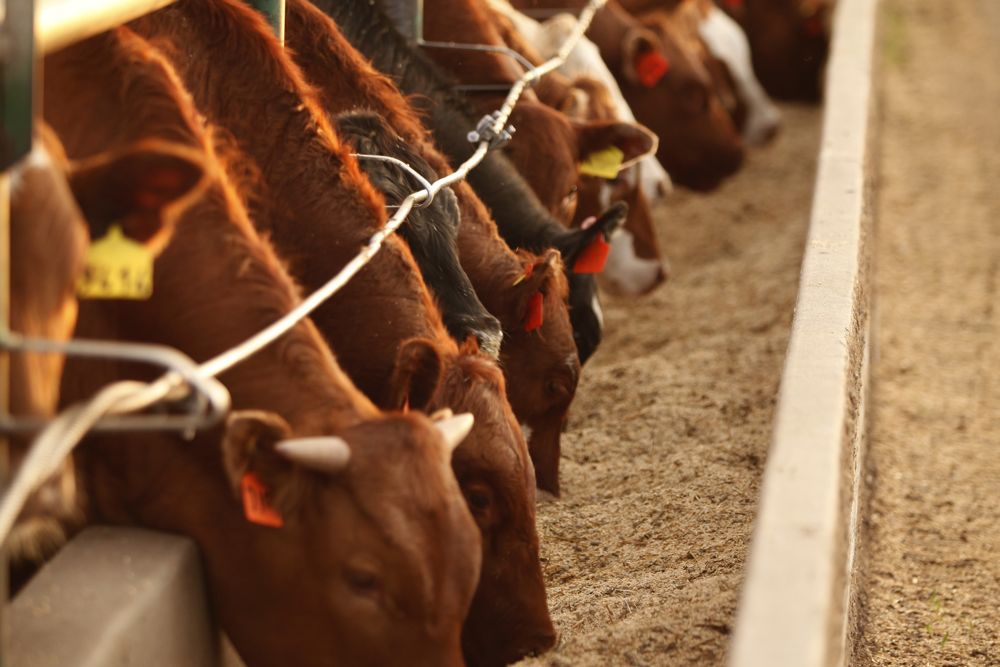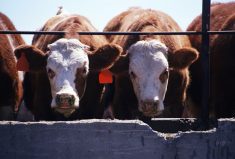Compared to last week, short-keep replacement cattle and feeders in the mid-weight categories were steady to $3 lower on average; feeder cattle under 600 lbs. traded $2 lower to as much as $5 higher. Featherlight calves remain strong trading at similar levels to late December.
Most auction markets resumed their regular sales schedules last week. Buying interest was solid across all weight categories, with stronger demand noted on grass cattle. Colder temperatures across the Prairies capped the upside in the market; temperatures at Lethbridge are expected to dip down to -25 to -30 C this week. South of the border, prices for grassers were sharply higher, which may have contributed to the strength in the eastern Prairies. Feeder cattle futures were up $3-$4 on the week. Much of the Midwest will experience extensive precipitation and overland flooding; therefore, the futures market appears to be incorporating a weather risk premium. Barley prices edged higher last week on limited farmer selling and logistical difficulties.
Read Also

U.S. livestock: Cattle futures turn lower
Cattle futures on the Chicago Mercantile Exchange were weaker on Monday, ending a corrective bounce off nearby lows as high…
In central Alberta, larger-frame medium- to heavier-flesh tan steers weighing 915 lbs. were quoted at $189 while 795-lb. Simmental blended steers with medium flesh were valued at $190. June live cattle futures are trading at an $8 discount to the April contract which is reflected in the price structure for heavier feeder cattle. In Manitoba, similar-quality Simmental based steers weighing 875 pounds were quoted at $179.
In east-central Saskatchewan, medium-frame mixed steers with lower butter levels weighing just over 700 lbs. were quoted at $195 and Charolais mixed heifers averaging 740 lbs. were quoted at $173. In southern Manitoba, Charolais-based heifers averaging 800 lbs. were quoted at $172. In the Lethbridge area, black mixed steers weighing 705 lbs. were valued at $200.
In southern Manitoba, Angus-blended steers weighing 530 lbs. were quoted at $235; in central Saskatchewan, mixed steers averaging 510 reached up to $241. Black steers averaging 550 pounds were quoted at $225 in central Alberta while similar-quality heifers averaging 430 dropped the gavel at $219.
The feeder market is in a very precarious situation. The U.S. Department of Agriculture’s WASDE (world agricultural supply/demand estimates) report was considered bearish for second-quarter cattle prices due to the sizeable year-over-year increase in beef production. Alberta feedlot operators are content with their current numbers but are anxious to reload given the favourable margin structure.
— Jerry Klassen manages the Canadian office of Swiss-based grain trader GAP SA Grains and Produits Ltd. and is president and founder of Resilient Capital, specializing in proprietary commodity futures trading and market analysis. Jerry consults with feedlots on risk management and writes a weekly cattle market commentary. He can be reached at 204-504-8339 or via his website at ResilCapital.com.
















